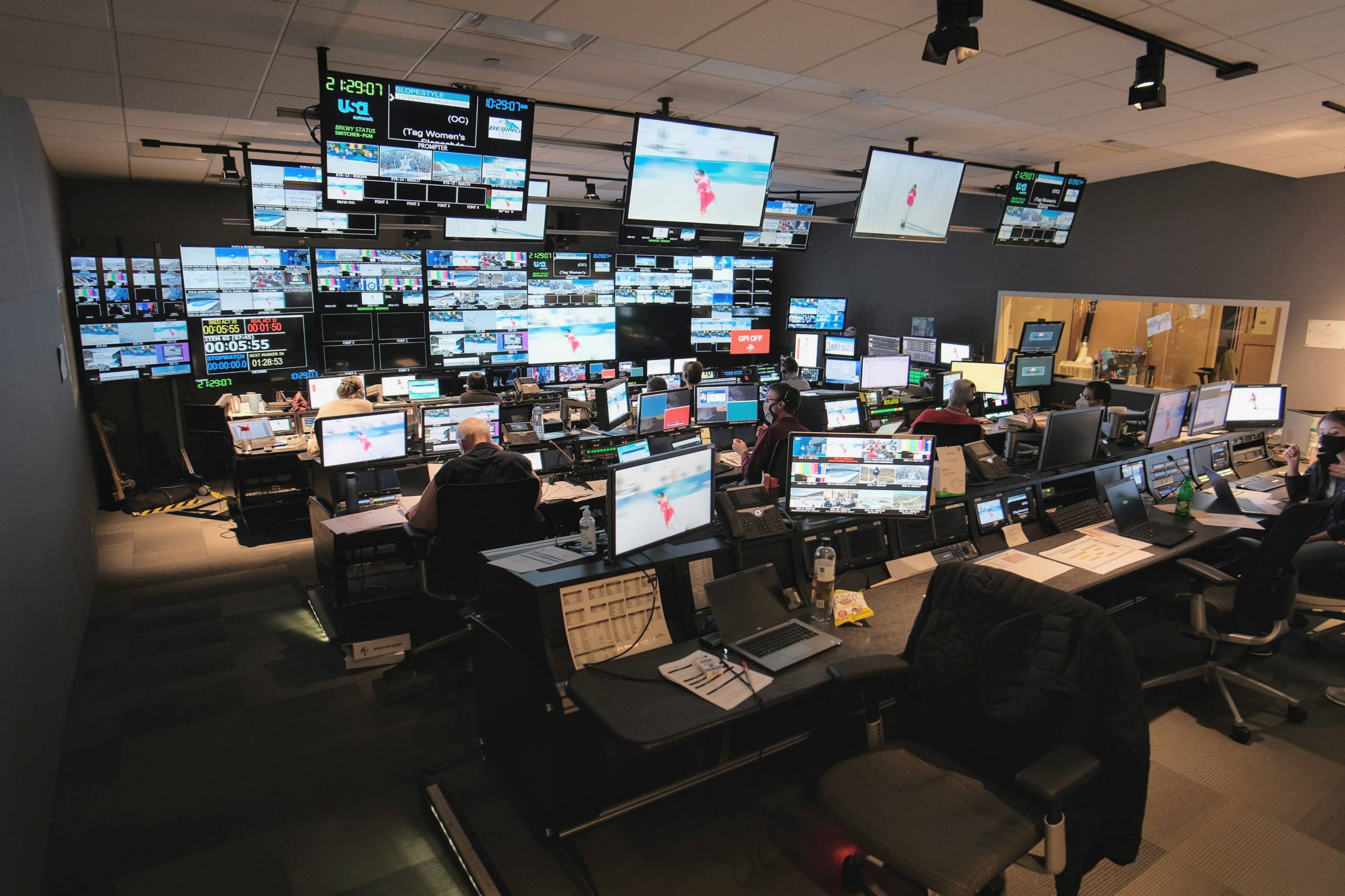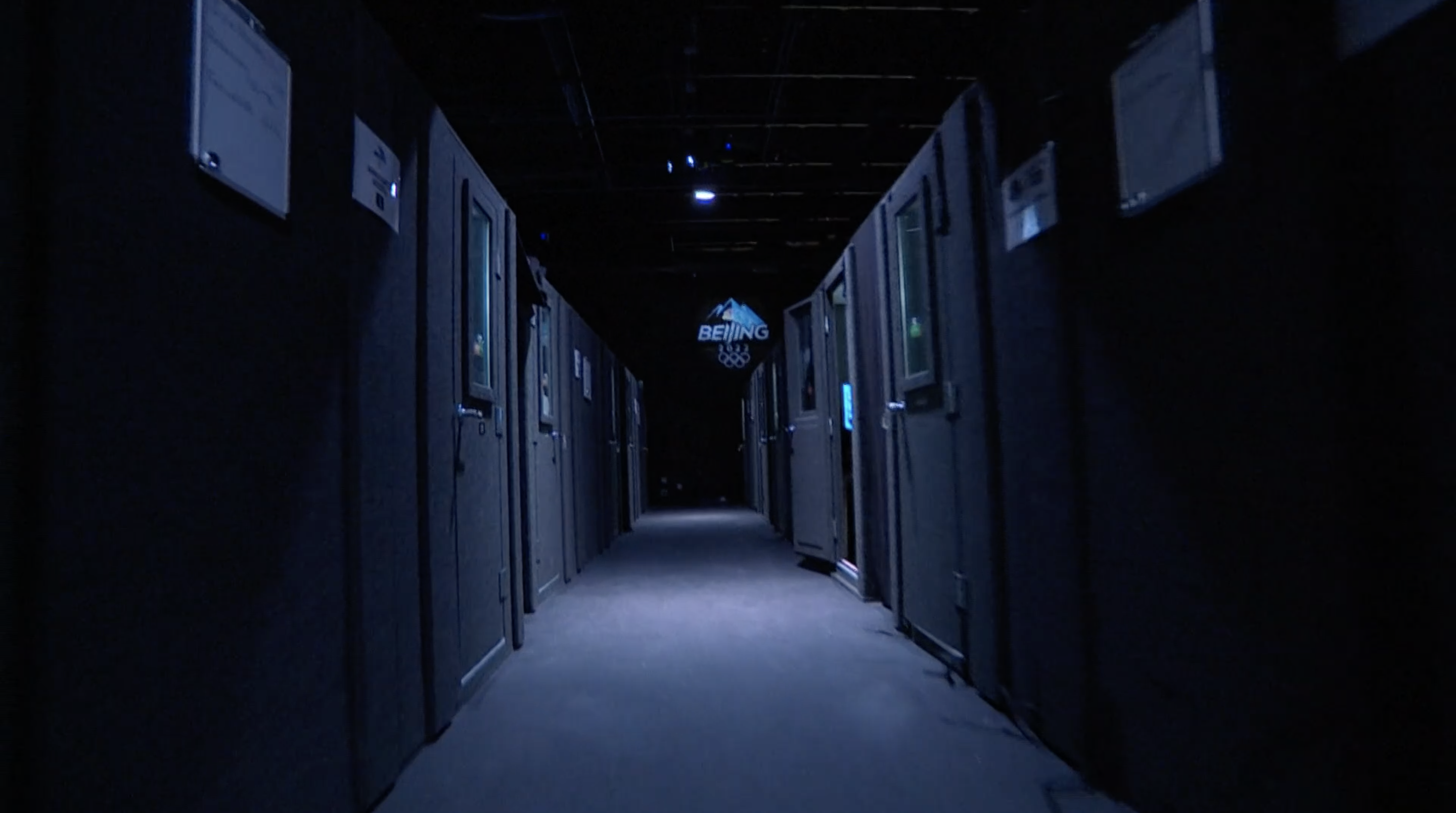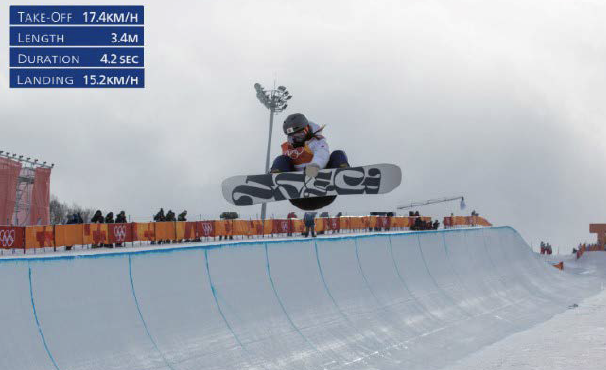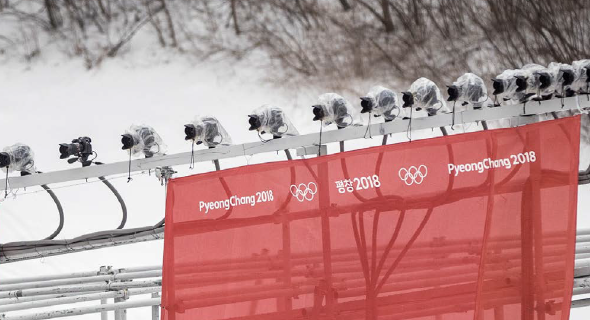Beijing 2022: NBC Olympics’ Molly Solomon on the Latest Production Enhancements in Beijing and Stamford
Commentary from Stamford offers unexpected advantages
Story Highlights
With 2,800 hours of Olympics coverage, 203 HD feeds coming from China to NBC Sports headquarters, and another 101 feeds going back to the IBC (International Broadcast Centre) and venues in Beijing, NBC’s 2022 Winter Olympics operation is among the largest multi-continent productions in history. Add the closed loop of Beijing’s safety protocols and NBC’s largest at-home production presence in Stamford, and it becomes clear just how challenging the 2022 Beijing Winter Games are for the Peacock’s production team.
Last week, NBC Olympics Executive Producer Molly Solomon shared some of her thoughts about how NBC has confronted these unprecedented challenges, how the network’s coverage has gone thus far, some key technological innovations, and how the operation in Stamford is rolling along.
On confronting the unprecedented production and operational challenges presented by the 2022 Beijing Winter Games:
I really believe we’ve met the challenges of, as what [has been] a truly unprecedented Beijing Games in every way we can. We’ve kept our commitment to produce storylines that document all of the triumphs and setbacks of Team USA and other key aspects of the Games, and we did not shy away from our responsibility to place these Games in the proper geopolitical context as evidenced by our strong analysis during the Opening Ceremonies.
 We did that without diminishing the athletes’ moments and the spectacle of that beautiful ceremony. For today, it’s incredibly easy for me to share with you how proud we are of the presentation thus far. There have been some fierce headwinds for these Olympics, but it has really only inspired our NBC Olympics team, and we can’t wait for these Games and this work to continue.
We did that without diminishing the athletes’ moments and the spectacle of that beautiful ceremony. For today, it’s incredibly easy for me to share with you how proud we are of the presentation thus far. There have been some fierce headwinds for these Olympics, but it has really only inspired our NBC Olympics team, and we can’t wait for these Games and this work to continue.
We have 1,600 people working here in Stamford, and our NBC Sports headquarters feels a lot like an International Broadcast Center in an Olympic city. With the Olympic city of Beijing being 13 hours ahead, day is night here and night is day here. We also have 600 teammates based in Beijing — production, engineering, and operations — and many of those people are taking on multiple jobs, playing out of position to help us pull off these 2,800 hours of competition.
Our reporters frankly have taken on even more responsibility because they are our eyes and ears for our production, and many of them are doing double duty.
The complexity of what we’re doing is also kind of mindboggling as we toggle back and forth across 6,800 miles. Here are some stats for you: we have 203 HD feeds coming from China to our NBC Sports headquarters, and we’ve got 101 feeds going back to our IBC and our venues in China.
How about this one: the figure-skating announcers and pictures travel under the Pacific Ocean three times to get on the air; that’s 20,000 miles in .7 second. An extraordinary job by our engineering and operations team.
Everything is really, really coming together, and I just so admire and respect this production team.
On new and improved production elements and technology in NBC’s coverage this year:
We have the most production technology we’ve ever had in a Winter Olympics, and I think it’s helping the viewers better understand the sports that they don’t know so much about.
We have the jump-height meter [for the halfpipe coverage], and that actually is coming from Germany into our Beijing truck in real time. There’s a speedometer on alpine skiing for the speed events. [Since Nathan Chen’s performance last week], we’ve added four super-slo-mo cameras, one in each of the corners in figure skating to help you better understand the incredible quadruple jumps that both the men and the women are performing.
On how the at-home production operation in Stamford is going:
We are keeping Beijing hours. We do a 5 p.m. ET production meeting with our folks in Beijing, so imagine they’re getting up really early. We’re coming in at midday, and then we’re on from approximately 8:00 p.m. ET to 2:00, 2:30 in the morning ET. Then we regroup until about 5:00 in the morning, and they continue in Beijing, which is great.

One of nine control rooms (five in the building and four production trucks) at NBC Sports HQ in Stamford, CT
As news breaks and the night events in Beijing happen, changes and alterations [are made] to our primetime format. While our team goes home to sleep for a couple of hours and comes back midday, we exchange notes and literally hand off from Beijing to East Coast time. It’s a crazy schedule, but it’s the Olympics. It’s what we expect, and we love to do it.
On how the live feeds and production elements offered by OBS have helped enhance NBC’s coverage:
It’s such a closely affiliated relationship with the Olympic Broadcasting Service, and we depend on them even more during a pandemic. We’ve worked really closely with them, and they’re providing pictures at a number of our venues. [Given the severity and steepness of [Alpine] hill, they’re doing a remarkable job covering the Alpine venue with the rail cams.
Have you seen the aerial of the extreme-sports venues? In the distance [is] the moguls field for what they’re saying is the best halfpipe ever. I think it has been extraordinary coverage. Imagine that OBS is experiencing the same thing that NBC is, trying to get folks into the country in the middle of a pandemic. So the fact that there has been no dropoff in the coverage is kudos to OBS.
There are so many — I can’t list them all — enhancements that we’ve added. [We have] the StroMotion in Alpine. At Figure Skating, we’ve got this amazing new tracker that shows how high in the air the figure skaters go on their jumps and how far they jump. We’ll be using that in enhanced replay sequences.
Overall, we are ecstatic over what both OBS and we have been able to pull off in the face of a pandemic.
On how the remote announcing operation at the Off-Tube Factory in Stamford has gone so far:
You know, we’ve gotten really good at this. We’ve been doing this for 2½ years because of the pandemic. You would always love to have your announcers onsite, but we had to pivot, like we do every single day with all of the headwinds that we run into. We made the decision in January that, to ensure the integrity of the broadcast, we pulled our play-by-play and analysts home. But we made sure that we had reporters onsite because it’s most important to talk to the athletes and cover breaking news, and we have cameras at every single venue in the mixed zone.

NBC’s Off-Tube Factory is back for another Games, with nearly all announcers providing commentary remotely from Stamford.
In the beginning, you wish you were there, but I think we’ve done a lot of really neat things with the fact that we’ve got all these announcers together [in Stamford]. [For example, during the] Alpine coverage, Ted Ligety and Steve Porino were in a studio in Stamford and explained how sharp the blade of an Alpine ski is by cutting up watermelon and papaya, and then Ligety opened a bottle of champagne. That’s something we couldn’t have done in a small commentary booth on the hill in Beijing.
How sharp are the skis at the #WinterOlympics?
Let the legendary @TedLigety and @Sporino show you with champagne and fruit salad. #WinterOlympics pic.twitter.com/0BPxBBXjIF
— NBC Olympics & Paralympics (@NBCOlympics) February 10, 2022
We have made the best of these circumstances, and I think it has enhanced the storytelling.


